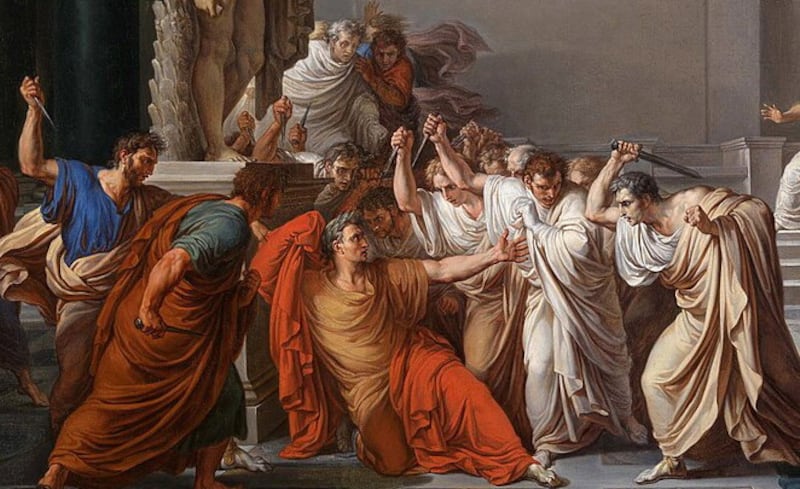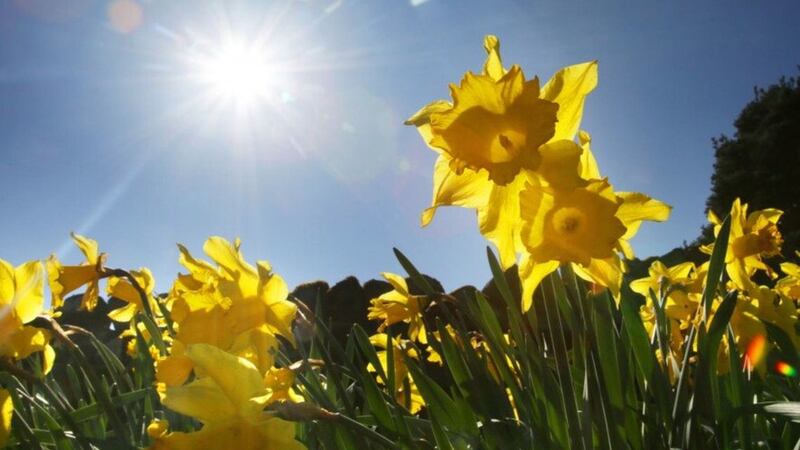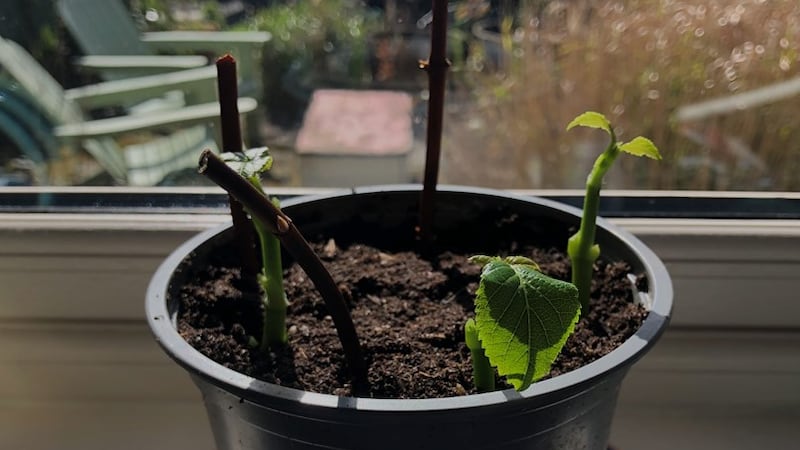THE week before last, I noticed blades of grass straightening up in readiness or growth. Buds were swelling, and early rays from the sun had encouraged small clusters of insects into the air. Crows and raptors were displaying and dancing in the sky, and even the inconspicious dunnock warbled its simple song, all signs that winter's grip is loosening.
Officially we are beyond the first day of meteorological spring, March 1. Meteorologists neatly separate the season into four blocks of three calendar months, based on the average annual temperature cycle, with the coldest three months of the year in our Northern Hemisphere usually occurring from December 1 through to the end of February (winter) and warmest coming at the start of June running through to the end of August (summer), after which autumn starts on September 1. Weather people find this clear transition much simpler for comparing monthly and seasonal weather data.
In addition to the Celtic spring start in February and the March 1 beginning to the season, the final date associated with the spring's arrival, 'Astronomical spring', based on the earth's orbit around the sun, is due on March 20. After this day, also known as the vernal equinox, daylight hours will continue to increase.
Although the cold and wintry days of the past week were anything but spring like, this is not unusual for the month of March. Leafing through the late Brendan McWilliams's Illustrated Weather Eye (2012), the distinguished meteorologist reminds us, this bridge to spring can often revert "to its wintry origins" and be "full of bluff and bluster".

In the French Revolutionary Calendar, used during the years from 1793 to 1805, the month was named 'Ventose' from the Latin 'ventosus' meaning windy, while in the Old English, Anglo-Saxon calendar it was called Hreth month, meaning the 'fierce, cruel or rough' month, also referencing its temperamental nature. Charles Dickens in Great Expectations wrote of a March Day, "It was one of those March days when the sun shines and the wind blows cold; when it is summer in the light, and winter in the shade."
As we journey towards spring, I wait on a different marker for confirmation of the season's return, and another March date, the day I hear the song of the chiffchaff. The simple 'chiff-chaff' notes of joy, announce the small, dull green bird's arrival from Africa, back again to stay with us during spring and summer.
The bird is one of our earliest spring arrivals, sometimes heard singing from early March, although this far north of its range, it's usually later in the month before the notes emerge from the treetops. I hear it most often around another notable and supposedly ominous date, the Ides of March, the 15th day of the month, in the Roman calendar. In that system, based on different phases of the moon, 'Ides' was the time of the full moon usually around the middle of the month. The date has become notorious as a time of doom and danger from the historic event of Julis Caesar's assassination on March 15, 44 BC by a group of Roman senators. The famous line has since become a warning about the dark, gloomy events which might occur around these days in March.
As we approach the Ides of March, in this unpredictable month, I hope to hear the chiffchaff soon, his song a joyful ode to spring.









